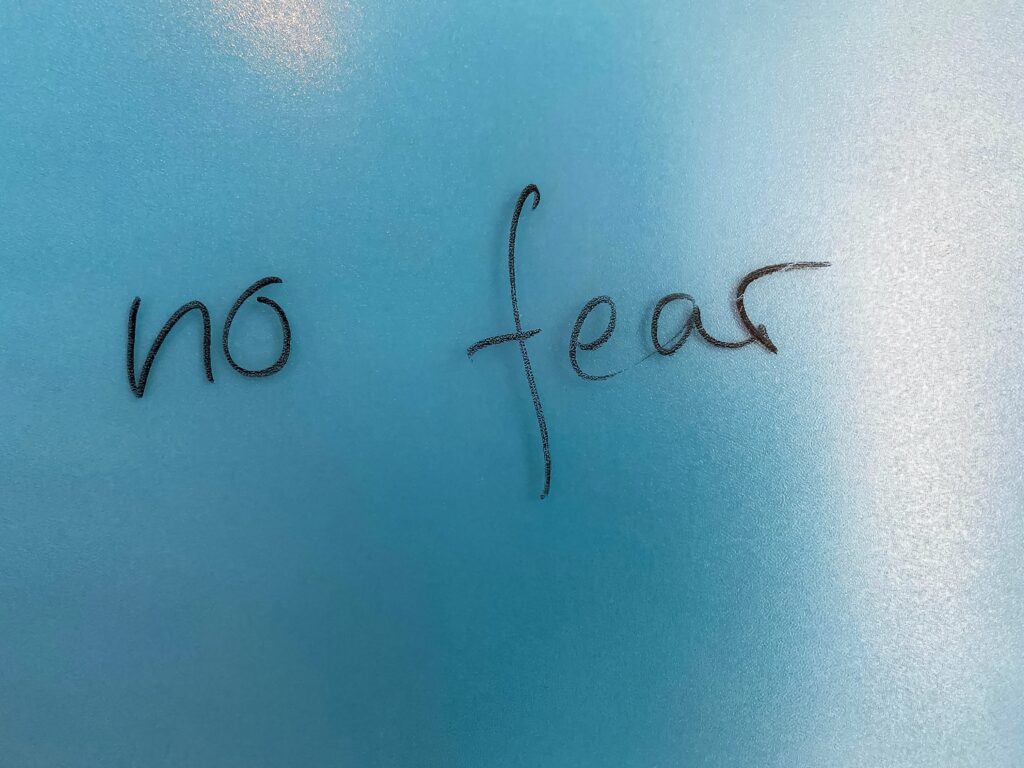
Culture Change vs. Change Management
Welcome to the ever-evolving world of business, where organisations must gracefully navigate the twists and turns of change to stay ahead of the competition. Whether they’re quick-stepping with new technologies, swaying to the rhythm of market shifts, or unleashing their creative flair, change has become an undeniable and exciting part of the organisational dance. But let’s make sure we don’t trip over our own feet: it’s important to understand the difference between culture change and change management. In this article, we’ll embark on an informative and engaging journey to unravel these concepts and help you master the dance of organisational transformations.
What is the difference between culture change, and change management?
In the realm of organisational dynamics, we often come across two interconnected yet distinct concepts: culture change and change management. While they both involve navigating transformations within an organisation, it’s important to understand their differences. Let’s clarify the disparity between culture change and change management to better grasp how these concepts operate and complement each other within the context of organisational development.
Understanding Culture Change: Picture this: culture change is like a powerful earthquake that shakes the very foundation of an organisation, reshaping its beliefs, values, norms, behaviours, and assumptions. It’s a profound metamorphosis that requires courage and commitment. It involves shifting the collective mindset and ingrained behaviours that shape how work is done and decisions are made. Let’s face it, culture change is no walk in the park. It’s a long-term process that demands substantial effort and commitment from leadership and employees alike.
Change Management: Change management, on the other hand, is the trusted dance instructor, guiding individuals, teams, and the organisation through specific change initiatives with a systematic approach. It’s all about planning, executing, and monitoring the steps to ensure a smooth transition from the old to the new. Effective change management involves defining objectives, communicating the change, addressing resistance, and providing necessary resources and support for a successful change process.
What sparks the flame of cultural shifts in organisations?
Cultural shifts within organisations are like sparks that ignite change, fueled by a combination of internal and external factors. Understanding these influences is like holding a compass to navigate the vast sea of cultural change and steer towards strategies that embrace transformation. Let’s dive into the depths and uncover the key influencers behind cultural shifts in organisations, shedding light on the factors that compel organisations to reevaluate and reshape their existing cultures. By embracing these influences, organisations can proactively navigate the waves of cultural transformation and create an environment primed for growth and success.
Leadership: Leaders are the maestros of the organisational symphony, conducting the culture with their every move. Their behaviours, values, and communication styles set the rhythm and tone for the entire workforce. Just like a skilled conductor, leaders have the power to inspire and shape the culture, guiding it towards harmony and success.
Organisational Values: An organisation’s values act as the North Star, guiding its culture. When the stated and demonstrated values align harmoniously, they create a powerful culture. However, if there’s a disconnect between what an organisation claims to value and how it behaves, cultural shifts may become a necessity. It’s time to realign the stars and reset the course.
External Environment: Imagine the external environment as a gust of wind that sweeps through the organisation, demanding adaptation. Market disruptions, industry trends, and regulatory requirements create a dynamic landscape where cultural adaptations are essential to remain competitive and relevant. Organisations must unfurl their sails and adjust their cultural compass to ride these winds of change.
Mergers and Acquisitions: When organisations join forces through mergers or acquisitions, it’s like blending different flavours to create a cohesive and delicious cultural recipe. However, achieving this requires deliberate effort and skillful blending to create a unified culture. It’s a delicate dance that harmonises diverse backgrounds and values, resulting in a new, cohesive cultural masterpiece.
How do you recognise the need for culture change at work?
Recognising the need for culture change within an organisation is like deciphering a hidden message that holds the key to a positive and productive work environment. It requires keen observation and an honest assessment of the current cultural landscape. Let’s explore the indicators that can help leaders and stakeholders recognise the need for culture change at work. By tuning in to these signs, organisations can proactively address cultural issues and unlock the door to meaningful transformations for long-term success.
Persistent Performance Issues: When an organisation finds itself stumbling repeatedly in its quest to meet performance targets, it may be a clear signal of a cultural barrier. This barrier could manifest as a lack of alignment between departments or teams, creating communication and collaboration roadblocks. It may also point to a resistance to change or a fear of taking risks within the organisation. These cultural barriers act as productivity potholes, hindering problem-solving and impeding the implementation of effective strategies.
Lack of Innovation: Picture an organisation adrift in a vast sea of market demands, struggling to navigate the currents of change. Like a sailboat without wind, innovation remains elusive, slipping through their fingers like grains of sand. In today’s dynamic business landscape, a culture that values conformity over creativity, shies away from risk-taking, or smothers idea generation can suffocate innovation. To thrive, organisations must foster a culture that celebrates and nurtures innovation, fueling the spark of creativity in every corner.
High Employee Turnover and Low Engagement: Ah, the telltale signs of a toxic or disengaged work environment. When employees feel disconnected, unappreciated, or unsupported, their motivation dwindles, and they start eyeing the exit sign. A toxic culture may rear its ugly head through behaviours such as a lack of trust, suffocating micromanagement, poor communication, or a neglect of work-life balance. Recognising these red flags is essential to address cultural issues, improve employee satisfaction, and retain top talent.
How to approach and manage organisational culture change.
Approaching and managing organisational culture change is like embarking on a thrilling adventure. To ensure a smooth and successful journey, here’s a roadmap with key steps to consider:
Define the Desired Culture: Paint a vivid picture of the desired culture. Clearly articulate its core values, beliefs, and behaviours. Take a close look at the gaps between the current and desired states, identifying areas that need transformation. This creates a compass to guide your change effort.
Engage Leadership: Rally the support of top leaders who can serve as change champions and role models. Secure their buy-in and active involvement. Leaders must embody the desired behaviours and drive the cultural shift from the front. Their commitment and enthusiasm will inspire others to follow suit..
Communicate and Educate: Chart a course for effective communication by crafting a comprehensive plan that illuminates the need for culture change and its tremendous significance. Capture hearts and minds by highlighting the expected benefits and outcomes of the transformation. Ensure your message resonates across all levels of the organisation, fostering open dialogue and utilising various channels for a two-way flow of information. Keep the crew informed and engaged, creating a unified crew ready to face the challenges ahead.
Empower Employees: Unlock the potential within your crew by fostering a culture of participation and involvement. Encourage their active participation in the change process, offering platforms for feedback, input, and collaboration. Empower them to take ownership of the journey, igniting their passion and commitment. Together, they will steer the ship towards success.
Reinforce Desired Behaviours: Celebrate and reward the crew members who embody the desired cultural attributes. Shine a spotlight on their achievements, recognising their bravery and dedication. Align your performance management systems, incentives, and promotions with the new culture, fostering an environment that nurtures growth and recognition.
Monitor and Adjust: Keep a vigilant eye on the horizon, constantly monitoring the progress of your cultural voyage. Seek feedback from the crew to identify any potential obstacles or resistance. Be ready to make adjustments to your strategy, adapting your sails as needed to navigate uncharted waters. With resilience and adaptability, you will chart a course towards a transformed and thriving culture.
By infusing these steps with an engaging tone, you’ll capture the attention and enthusiasm of your team while maintaining a professional demeanour. Together, you will embark on an unforgettable journey of organisational culture change, embracing the adventure and achieving remarkable success.
In Summary
Culture change and change management are inseparable companions that organisations must master to flourish in today’s ever-evolving business landscape. While change management offers a systematic approach to implementing specific changes, culture change tackles the profound transformation of an organisation’s beliefs, values, and behaviours. By acknowledging the imperative for cultural evolution, comprehending the factors that influence such shifts, and embracing a strategic and inclusive approach, organisations can adeptly manage and navigate the intricacies of culture change, propelling themselves towards sustainable, long-term success. With the right mindset and the courage to embark on this transformative journey, organisations can create an environment that fosters innovation, adaptability, and a thriving workforce. The rewards that await those who embrace culture change are boundless, enabling them to thrive in a rapidly changing world and shape their own destiny.
Embrace the dance of transformation in The Hive – join us on a journey of collective growth and success!













































